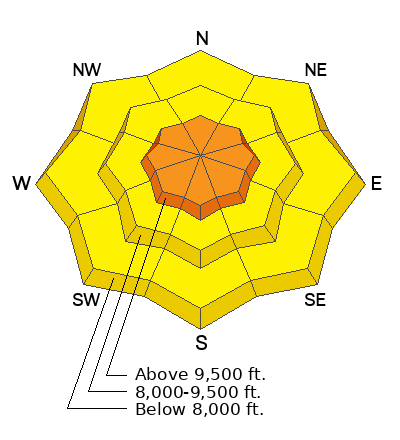Forecast for the Provo Area Mountains

Issued by Drew Hardesty on
Tuesday morning, November 29, 2022
Tuesday morning, November 29, 2022
A CONSIDERABLE AVALANCHE DANGER exists in steep terrain in the upper elevations. Human triggered avalanches are likely, particularly on steep wind drifted slopes. Human triggered avalanches are possible at the mid and low elevations. On some west to north to east facing aspects, you will be able to trigger soft slab avalanches at a distance. Collapsing and shooting cracks are indicators of potentially dangerous avalanche conditions.

Low
Moderate
Considerable
High
Extreme
Learn how to read the forecast here








